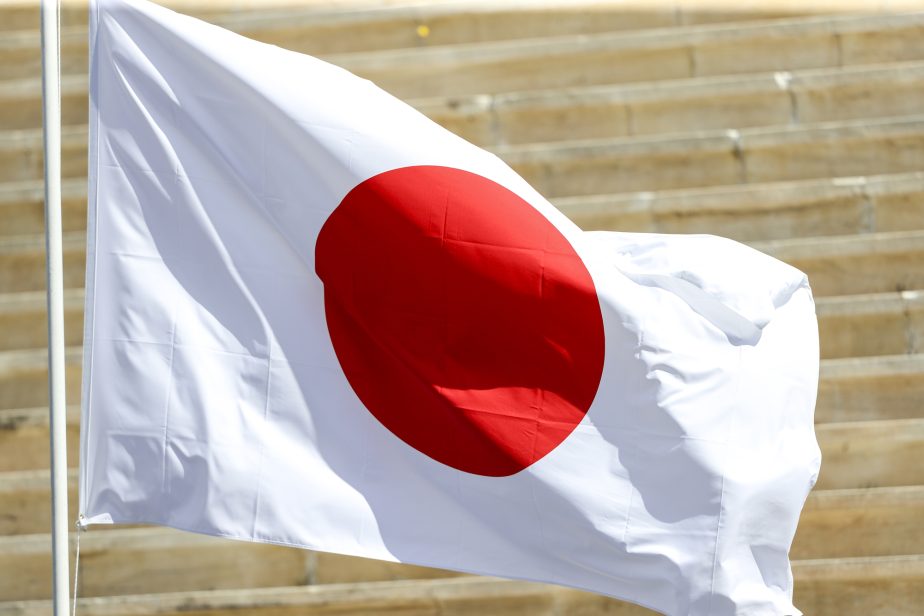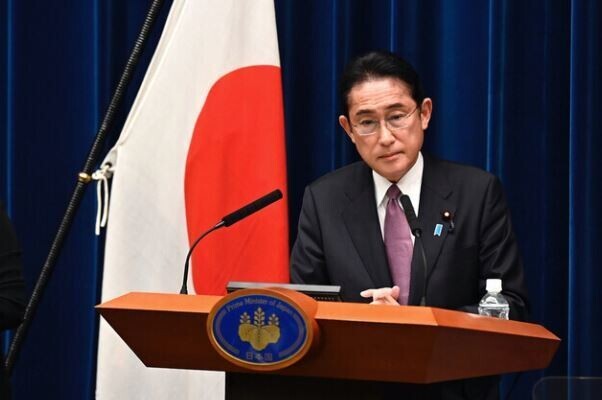Japan’s New Strategic Direction
THE DIPLOMAT
APLN member Rajeswari Pillai Rajagopalan writes on Japan’s new national security documents and Tokyo’s new strategic orientations. She points out that many countries including Japan that have traditionally maintained a defensive and pacifist posture are increasingly forced to reconsider their options. Read the original article here.
In mid-December, Japan released three important national security-related strategy documents. This is a reflection of Japan’s rapidly deteriorating security conditions, much of which is triggered by China. Increasingly, many countries that have traditionally maintained a defensive and pacifist posture, like Japan, are having to review their options, to consider new capability development and doctrinal shifts so as to address the growing regional insecurity. In Japan’s case, this changed security condition includes not just China but other challenges such as North Korea.
Japan’s latest National Security Strategy is the second such document by Tokyo, the first being issued in 2013. A decade later, the security environment surrounding Japan and other Indo-Pacific powers has significantly changed – China’s use and the threat of use of force have risen considerably. While there are several indirect references to China — such as to countries that do not have “universal values, or political and economic systems based on such values in common, are expanding their influences, thereby manifesting risks around the globe” — there are also several direct references to China’s increasingly threatening behavior. With its qualitatively and quantitatively augmented nuclear and missile capabilities, North Korea figures prominently in Japan’s threat perceptions, too. The paper notes with concern North Korea’s unprecedented frequency of missile tests, “launching missiles in new ways including missiles flying with irregular trajectories, and launching missiles from various platforms such as Transporter Erector-Launcher (TEL), submarines, and trains.”
Russia also finds a prominent place in the National Security Strategy. The Russian invasion of Ukraine has been cited as an example of how Moscow “does not hesitate to resort to military forces to achieve its own security objectives” and openly flouts the fundamental principles of the liberal international order. Russia’s heightened military activities in areas close to Japan, including the deployment of armaments in the Northern Territories, are noted as particularly worrisome. Further, Russia’s “strategic coordination with China” including activities in the closer vicinity of Japan is also seen as concerning.
Given the rapidly changing security environment for Japan, Tokyo has decided to develop a multi-pronged capability development, from diplomatic and defense to economic, technological and intelligence capabilities. Japan has also indicated several times that it will work with like-minded countries in order to address these challenges, “deter[ing] contingencies and attempts to unilaterally change the status quo in Japan and its vicinity.” Partnering with like-minded countries will involve a number of layered engagements including through existing arrangements like the Japan-U.S.-South Korea and Japan-U.S.-Australia trilaterals but also through augmented security partnerships with countries/ institutions including Australia, India, South Korea, European countries, ASEAN, Canada, NATO, and the EU. These enhanced partnerships will involve a variety of engagements such as “bilateral and multilateral dialogues, bilateral training and exercises, conclusions of information protection agreements, Acquisition and Cross-Servicing Agreement (ACSA), Reciprocal Access Agreement (RAA), joint development of defense equipment, transfer of defense equipment and technology, capacity building support, strategic communication, and Flexible Deterrent Options (FDO).”
One of the notable features of the strategy document is Japan’s focus on counterstrike capabilities. Given the accelerated growth of missile tests and the “dramatic advancements in missile-related technologies including hypersonic weapons,” Tokyo acknowledges the urgent need to step up its missile defense capabilities “by continuing to develop technologies that bring the ability to deal with missiles with irregular trajectories.” Japan considers that “missile attacks against Japan have become a palpable threat.” But Tokyo believes that continued reliance on ballistic missile defenses alone cannot prevent the missile threats facing Japan and hence there is an emphatic focus on deterrence through counterstrike capabilities. The strategy document says that Japan will develop the ability “to mount effective counterstrikes against the opponent to prevent further attacks while defending against incoming missiles using the missile defense network.” These, the document notes, will enable Japan to mount effective counterstrikes against the opponent’s territory. Counterstrikes are done as a minimum necessary measure for self-defense and in accordance with the “Three New Conditions for Use of Force.”
Based on its National Security Strategy, Japan also released a National Defense Strategy, which spells out the defense capability requirements that Japan needs to put in place to deter its adversaries and also make it costly for them so that adversaries do not pursue the path of invasion. While Japan foresees significant reinforced defense capability across several domains, the National Defense Strategy also identifies the counterstrike capability requirement as critical in the face of the growing missile and missile-related technological developments. But in an effort at rejecting some of the possible criticisms in this regard, the Defense Strategy clarifies that the new counterstrike capabilities that Japan seeks to have “fall within the purview of Japan’s Constitution and international law; they do not change Japan’s exclusively defense-oriented policy; and, they will be used only when the above-mentioned Three New Conditions are fulfilled. Needless to say, preemptive strikes, namely striking first at a stage when no armed attack has occurred, remain impermissible.”
Following the release of Japan’s strategy documents, a couple of days ago, South Korea announced a new strategy document, outlining Seoul’s Indo-Pacific strategy. With the strategic dynamics in the Indo-Pacific changing rapidly, more countries will likely come out to endorse the Indo-Pacific formulation as well as develop their own Indo-Pacific strategies.




